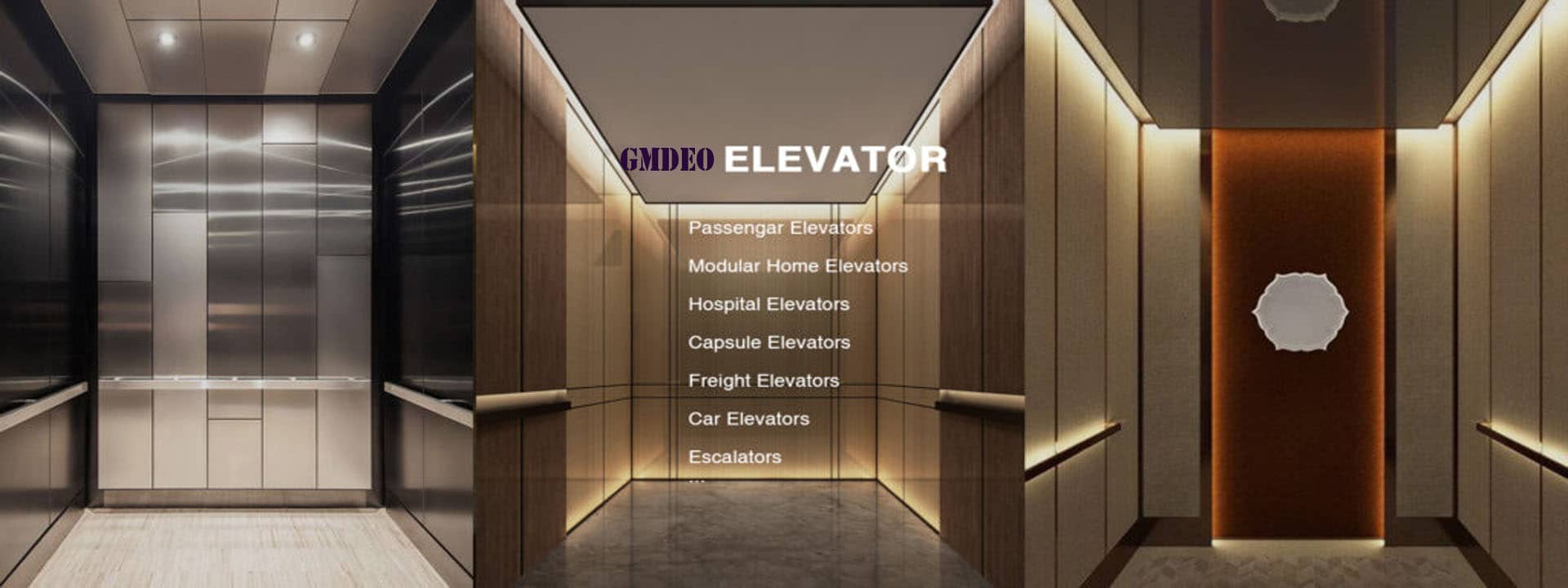
ELEVATOR OF KMS ENGINEERING
What is the latest technology used this product?
The elevation industry is making strong footholds in technological advancements and customer usability. Skyscrapers and high-rise buildings are useless without elevators, but today the meaning of elevation has changed to a new high that brings about drastic innovation criteria to move customers to their destination in an organized way. The old technology of cabins powered by electric motors that use traction cables and counterweight systems or hydraulic fluid has changed symmetrically. Now due to the meteoric rise in elevator usage by over 2 billion people around the world, faster and different lifts are making inroads. Latest Elevators Technology is being used now gradually replacing woven steel cable with a form of carbon fiber that is more flexible, durable, and has a longer life than metal cables. This technique is driving the lift-hoisting technology a bit further – and allows lifts to travel up to a km in a single run, double what a steel cable can offer. Due to the heavyweight of metallic ropes accounting for huge weights to handle, usage of carbon fiber has reduced its weight input by 90% so it is much easier to use on light machines. Therefore, this innovation is quite beneficial. Meanwhile, some companies have also introduced cable-less cars that run on magnetic propulsion and are faster by travel time. One is installed at the Taipei 101 building in Taiwan, where the lift travels at 37.7mph.
We also see solar energy usage today, thus a lift that is wholly based on solar power has become somewhat acceptable for saving high power consumption from elevator operation. Some companies around the world have also introduced a rope-free system that takes architectural behavior to new levels in their designs by concerns about elevator shaft height and vertical alignment. In cables fewer cars, manufacturers use a multi-level brake system with inductive power where smaller shafts are required than conventional elevators and save around 25% of a building’s usable space.
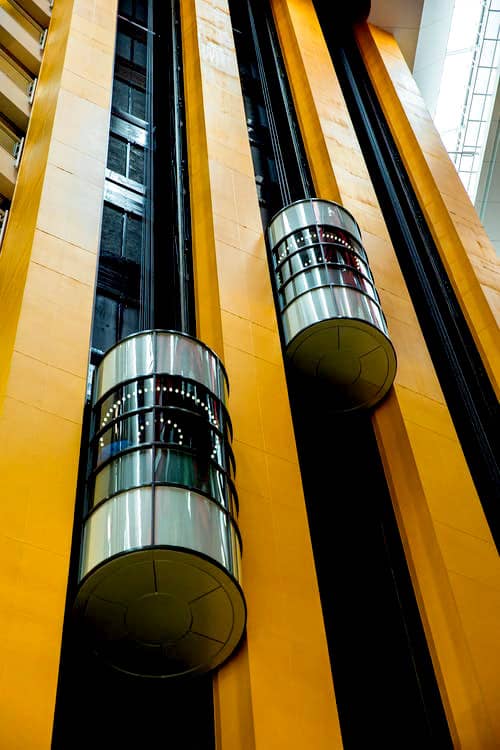
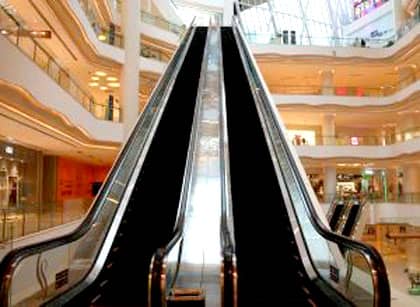
Why our vertical transport has become modernized day by day?
The modernization process is key to sustaining the future and the opportunity for the growth of a company. Constant innovation by the elevation industry has also been subjected to modernization in architecture in vertical elevation systems. Today we see a host of rapid technological changes that the lifts use. Vertical elevators have become more advanced in the sense that their operations have become smooth and silent. Time taken to travel has also been reduced by more than half and the introduction of carbon belts instead of heavyweight tension wires has dramatically reduced their weight proportion ratio to the cable car and its overall equipment. Automation in elevators is now marked by onboard integrated circuitry rather than manual operations. The component breakdown is checked by computerized analysis for replacing equipment, upgrading machinery, or installing new software. Thus, state-of-the-art elevation is ready for the rise.
Specialized in machine room less lifts (MRL), single phase elevators, small home lift
Residential Elevator is the commonly used term for a lift that is enclosed in a shaft and can travel vertically as much as 15 m (50 ft.). Also Known as Home lift/Bungalow Lift, their lifts are excellent means of vertical transport in multi-story homes. Home Elevators increase the value of your home while providing an easy way to carry groceries, laundry, or anything else floor to floor. Gone are the days when home lifts were no more than dumbwaiters for carrying an inventory of clothes or dishes, nowadays home elevators are a cocktail of luxury, technology, design, and aesthetics that reflects your style statement and merge with the eloquence of your home.
Residential Elevators are fully customizable wherein you can have almost anything you imagine, from marble walls to stained glass, these home elevators are a unique expression of you! Residential elevator-style range from the most basic, unfinished open platform to fully enclosed cabins with safety gates and interior finishes such as hardwood, ceramic tile, marble, and granite. These use standard interior doors, so they blend in seamlessly with your home’s decor. Nowadays, Wheel Chair Elevators, Home Elevators have standard interior doors, so they blend in seamlessly with your home’s decor. Nowadays, Residential Elevators come with fully automatic controls and tons of safety features like an emergency stop button, in-cab alarm, and a telephone jack that accommodates a standard household phone.
Residential Elevators are quickly becoming the next must-have amenity in a new home. The number of Residential Elevators is growing as builders and buyers discover the advantages
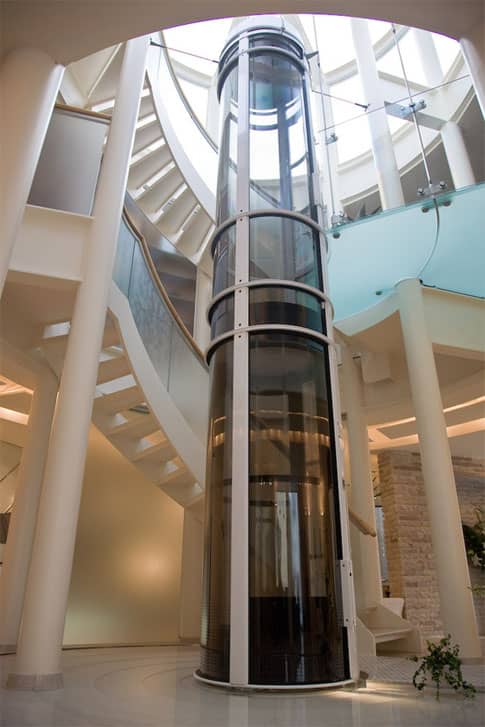
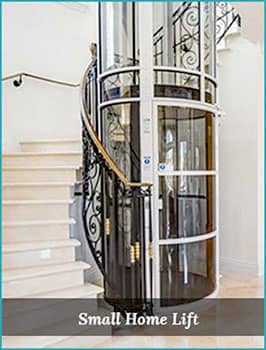
Lifts for home use
- Images name: Wheel Chair Lifts for home
- Home Lifts are a great investment, letting you age with your home never sacrificing access
- Residential Lift doesn’t cost as much as you may think and can be customized to a great extent, meeting your expectation.
- Residential Elevators are available in many finishes including beautiful hardwood and numerous other options to blend completely without disturbing your home decor.
- Home Lifts are an efficient use of land having a high load-bearing ratio and are energy efficient. Machine roomless home elevators are ideal for the safety and reliability aspects.
- Residential Elevators increase the value of a home by as much as 10% and are excellent means to impress your guests with their classic or contemporary interiors and rich technical features.
- Home Elevators can also be used to carry laundry or groceries between the floors of a multi-story house or a bungalow.
- Residential Lift uses advanced technology and doesn't even disturb your home foundation as they rest on the floor of your home with a nominal elevator pit and overhead.
Is a residential the same as a commercial?
A residential elevator is less complex (and less expensive) than an elevator in an office or high-rise apartment or condominium building. Commercial elevators are regulated provincially and must be licensed and regularly inspected. Residential lifts and elevators do not need licenses. Residential Lifts are low capacity lifts designed around 5-6 person whereas commercial lifts have higher capacity.

Standard Features in Home Lift
- Manual & Automatic Rescue Device
- Safety governor with Over-speed Tripping
- Emergency Stop switch in Lift Car
- Door Safety with Electrical Interlock
- Digital lift indicators in Lift Cars and Floors
- Call Registration lights in Push Buttons
- Battery Operated emergency Alarm & light
- Full-length Door Safety Sensor on Automatic Door.
Technical Information on Home lift offering
| ITEM | STANDARD | OPTIONAL |
| Drive | Geared Motor | Gearless Motor |
| Door | Manual | Automatic |
| Power | 440V AC/50 Hz/2 KW | 220V AC/50 Hz/3 KW |
| Lift Shaft | Civil Structure in Brick or RCC | Steel Structure Covered with |
| Cabin & Door Design | Powder Coated | Cement sheet/Glass |
| Control | Frequency Control ACV3F | Stainless Steel/Glass Panoramic |
| No. of Floor (Max. height) | Max. 5 floors (15 meters) | _ |
